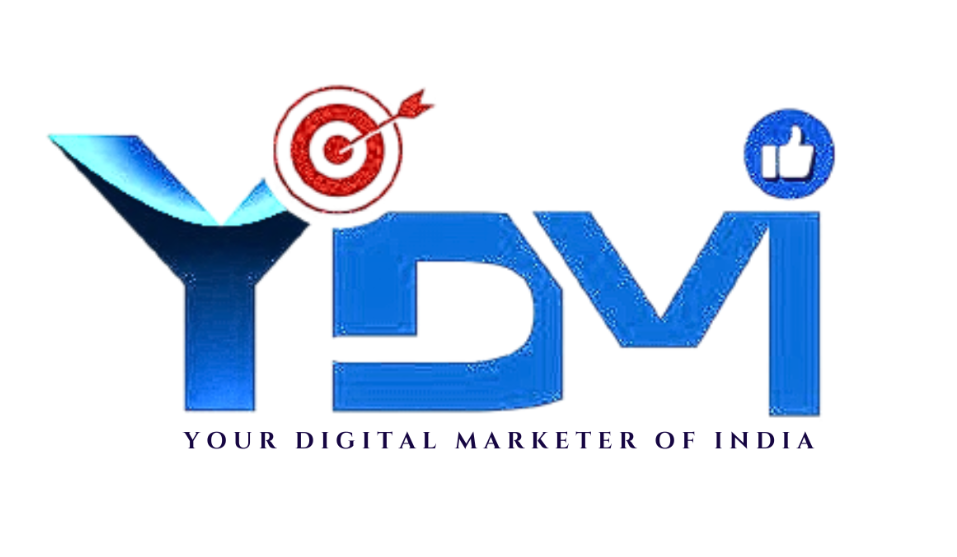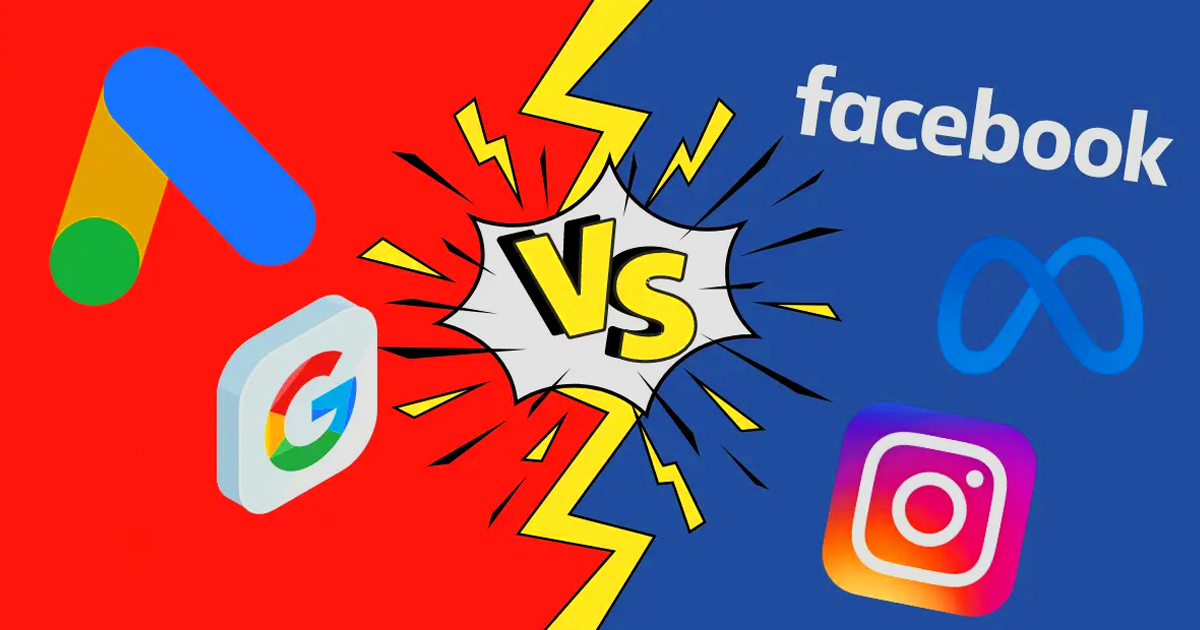Meta Ads vs Google Ads: Which Platform is Right for Your Business?
In the ever-evolving world of digital marketing, businesses are constantly looking for the most effective ways to reach their audience. Two of the biggest players in online advertising are Meta Ads (Facebook, Instagram) and Google Ads. While both platforms offer powerful tools for advertisers, they function differently and serve distinct marketing purposes. Understanding their strengths can help you decide where to invest your advertising budget.
What Are Meta Ads?
Meta Ads refer to paid advertisements run across platforms owned by Meta — primarily Facebook, Instagram, and Messenger. These platforms are highly visual and focus on social engagement, making Meta Ads ideal for brand awareness, storytelling, and engaging users in their feeds.
Meta’s targeting capabilities are one of its biggest advantages. Advertisers can create detailed audience segments based on:
-
Demographics (age, gender, location)
-
Interests and behaviors
-
Custom audiences (based on email lists, website visitors, etc.)
-
Lookalike audiences (users similar to your current customers)
This makes Meta Ads extremely powerful for discovery-based marketing — reaching users who may not be searching for your product but are likely to be interested.
What Are Google Ads?
Google Ads are primarily based on search intent. These are the sponsored results you see on Google Search, YouTube, Gmail, and across the Google Display Network. Google Ads work best for capturing people actively searching for something — whether it’s a product, service, or answer to a question.
There are different types of Google Ads:
-
Search Ads (text-based ads on search results)
-
Display Ads (banner ads on websites)
-
Shopping Ads (product listings)
-
YouTube Ads (video ads)
Google Ads are great for high-converting traffic, especially when targeting keywords with strong commercial intent like “buy running shoes online” or “best gyms near me.”
Meta Ads vs Google Ads: Key Differences
| Feature | Meta Ads | Google Ads |
|---|---|---|
| Targeting | Audience-based | Keyword & intent-based |
| Platform | Facebook, Instagram, Messenger | Google Search, YouTube, Display |
| Best For | Brand awareness, social engagement | Direct response, lead generation |
| Ad Format | Visual (images, carousels, video) | Text, display, video, shopping |
| User Intent | Passive browsing | Active searching |
| Cost (CPC/CPM) | Usually lower | Can be higher for competitive terms |
Which One Should You Choose?
The answer depends on your goals.
-
If your aim is to build a brand, drive social engagement, or promote visual content, Meta Ads are a great choice.
-
If you want to capture ready-to-buy users or generate high-intent leads, Google Ads can deliver better results.
In reality, the most effective strategy often involves using both platforms together. For example, you might use Google Ads to bring in warm leads and retarget them later on Facebook or Instagram with Meta Ads.
Conclusion
Meta Ads and Google Ads each offer unique benefits for digital marketing campaigns. While Meta excels at targeting based on interests and behaviors, Google shines when it comes to capturing intent-driven traffic. Choosing the right platform — or combining both — can significantly impact your marketing success. Consider your audience, goals, and budget before making the decision.



